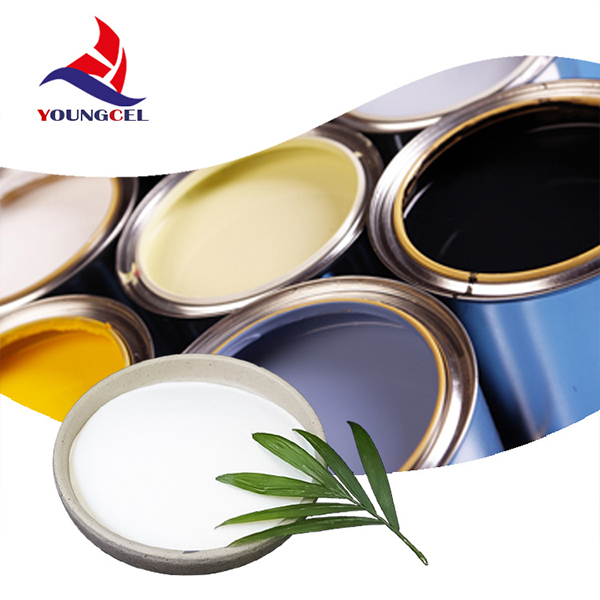Understanding the Price Dynamics of HPMC A Comprehensive Analysis
Hydroxypropyl Methylcellulose (HPMC) is a versatile cellulose ether, widely recognized for its applications in pharmaceuticals, food, construction, and personal care products. The price of HPMC is influenced by several factors, including raw material costs, production processes, market demand, and availability of substitutes. This article delves into the intricacies of HPMC pricing, providing insights into its market dynamics and future trends.
Raw Material Impact
One of the foremost determinants of HPMC pricing is the cost of raw materials. The primary materials used in the production of HPMC are cellulose and various chemical reagents. Fluctuations in the prices of these raw materials can significantly impact the overall cost structure of HPMC. For instance, if the price of wood pulp—a key source of cellulose—rises due to supply chain disruptions or increased demand from other industries, the cost of HPMC is likely to follow suit. In recent years, environmental regulations and sustainability initiatives have also affected raw material sourcing, further influencing pricing.
Production and Processing Costs
The production of HPMC involves a detailed and sophisticated process, which includes hydroxypropylation and methylation of cellulose. Variations in production techniques, energy costs, and labor expenses are crucial in determining the price of the final product. For example, advancements in production technology may lead to more efficient processes, reducing costs and potentially lowering market prices. Conversely, any increase in operational costs or regulatory compliance expenses can lead to heightened prices for consumers.
Market Demand
The demand for HPMC has been escalating across various sectors. In the pharmaceutical industry, it is used as a binder and thickening agent in drug formulations, and the growing trend of personalized medicine has led to increased consumption. In the construction sector, HPMC is valued for its water retention properties and workability in cement-based applications, making it a crucial ingredient in modern building materials.
This rising demand can put upward pressure on prices, especially if supply does not keep pace. Economic growth, infrastructure development, and innovations in product formulation can all drive increased consumption of HPMC. For market players, understanding demand trends is essential for strategic pricing and inventory management.
price hpmc

Competition and Substitutes
The competitive landscape also plays a pivotal role in HPMC pricing. There are various manufacturers around the world, each with its own pricing strategies. Increased competition can lead to price wars that may lower prices temporarily but can also drive innovations in quality and functionality.
Additionally, HPMC faces competition from alternative substances, such as other cellulose derivatives and synthetic polymers. If substitutes become more economically viable or offer superior performance characteristics, the demand for HPMC may wane, putting downward pressure on prices. Therefore, manufacturers must continually assess their product positioning and understand the advantages they offer over competitors.
Global Events and Economic Factors
Geopolitical tensions, trade policies, and global economic conditions can significantly influence HPMC pricing. Tariffs on raw materials or finished products can increase costs, leading manufacturers to pass these costs onto consumers. Additionally, global events such as pandemics or natural disasters can disrupt supply chains, leading to shortages and, consequently, higher prices.
Future Outlook
Looking ahead, the price of HPMC is likely to be shaped by a combination of factors. As sustainability trends gain traction, manufacturers may seek to source raw materials more responsibly, which could lead to shifts in pricing structures. Technological advancements may also create opportunities for cost reductions in production. At the same time, the expanding scope of HPMC applications across different industries will continue to drive demand.
In conclusion, the pricing dynamics of HPMC are complex and multifaceted. By closely observing raw material trends, production costs, market demand, competition, and external economic factors, stakeholders can gain valuable insights into future price movements. Understanding these elements will be crucial for businesses involved in the HPMC market, enabling them to make informed decisions and remain competitive in an ever-evolving landscape.
-
Rdp Powder: Key Considerations for Wholesalers in the Building Materials IndustryNewsJul.08,2025
-
Key Considerations for Wholesalers: Navigating the World of Hpmc - Based ProductsNewsJul.08,2025
-
Hpmc Detergent: Key Considerations for WholesalersNewsJul.08,2025
-
Key Considerations for Wholesalers: China Hpmc For Tile Adhesive, Coating Additives, Concrete Additives, and MoreNewsJul.08,2025
-
Crucial Considerations for Wholesalers: Navigating the World of Construction MaterialsNewsJul.08,2025
-
Key Considerations for Wholesalers Sourcing Additive For Cement, Additive For Concrete, Additive For Putty from Additive Manufacturer Shijiazhuang Gaocheng District Yongfeng Cellulose Co., Ltd.NewsJul.08,2025




